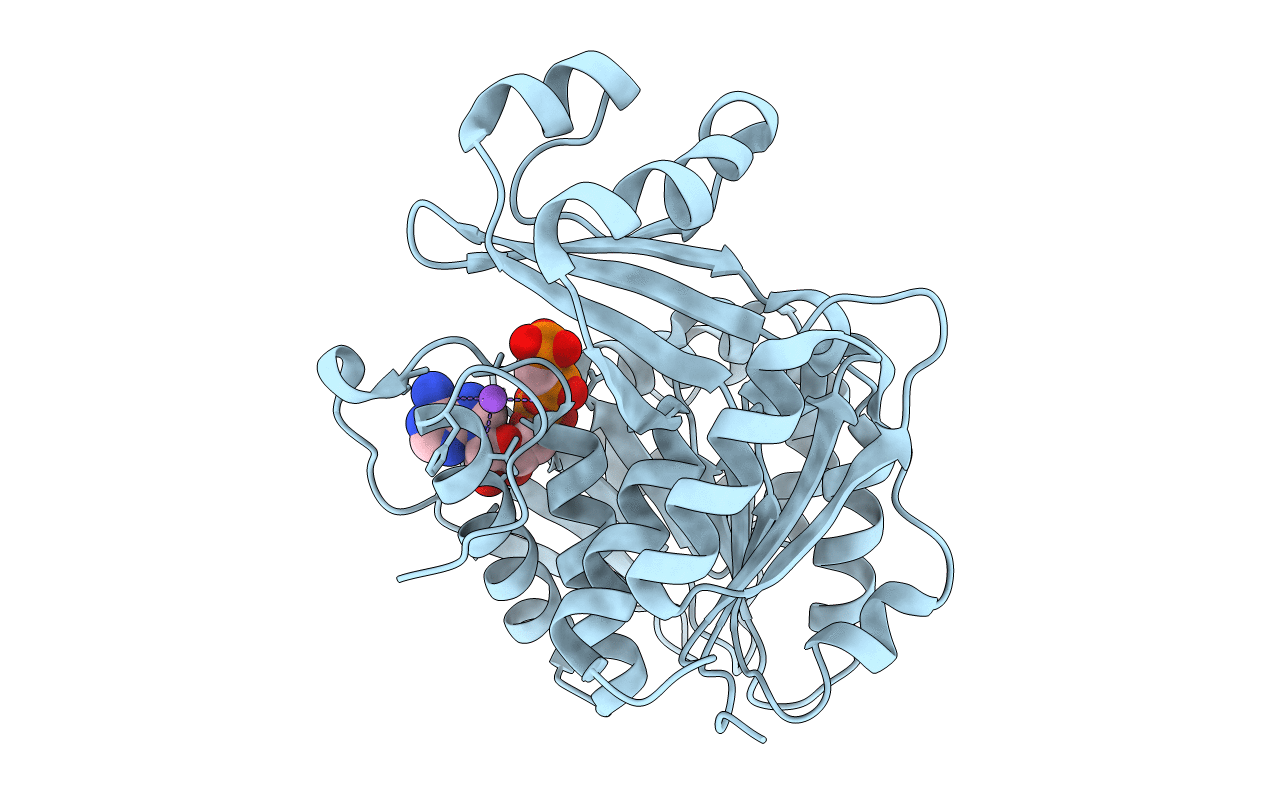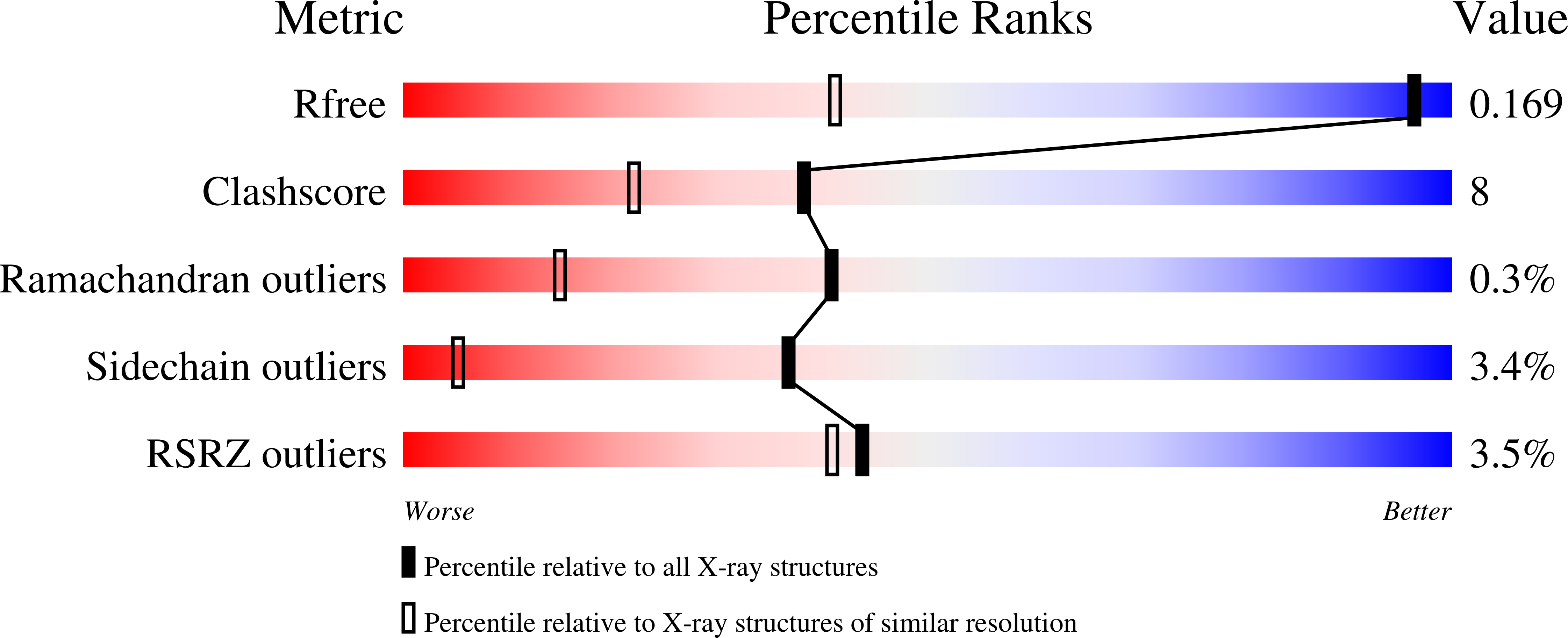
Deposition Date
2005-07-16
Release Date
2006-01-24
Last Version Date
2023-08-23
Entry Detail
PDB ID:
2ABS
Keywords:
Title:
Crystal structure of T. gondii adenosine kinase complexed with AMP-PCP
Biological Source:
Source Organism:
Toxoplasma gondii (Taxon ID: 5811)
Host Organism:
Method Details:
Experimental Method:
Resolution:
1.10 Å
R-Value Free:
0.16
R-Value Work:
0.13
R-Value Observed:
0.13
Space Group:
P 21 21 21


